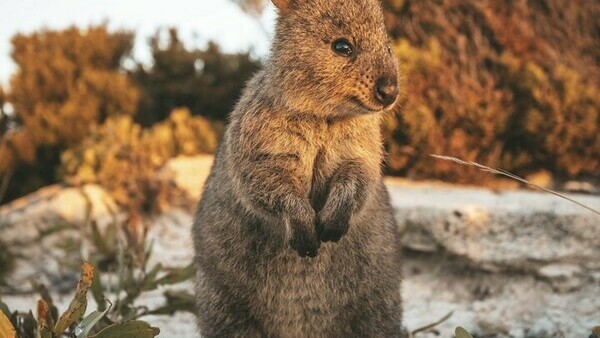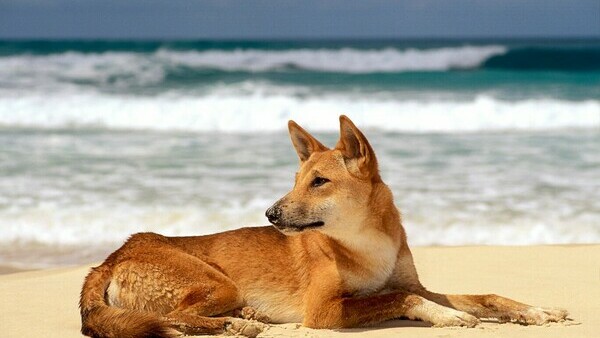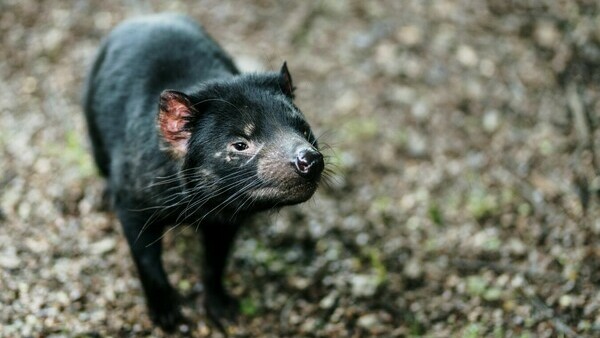Little Facts
Geography
Australia consists of two land masses: mainland Australia and Tasmania. It is bounded by the Pacific Ocean to the east, the Indian Ocean to the west, the Arafura Sea to the north, and the Southern Ocean to the south. The nearest neighbour is Papua New Guinea, 200 kilometres north. Timor is 640 kilometres to the north-west. New Zealand is 1920 kilometres east, and Antarctica is 2000 kilometres due south.
Area
The area of Australia is 7,682,300 square kilometres. Australia is approximately twenty-four times the size of the British Isles.
Distances
Mainland east-west, 3983 kilometres; north-south, 3138 kilometres. Coastline, including Tasmania and off-shore islands, 36,735 kilometres.
Climate
Climate varies because of the size of the continent. The temperature ranges from 23-26 C above the Tropic of Capricorn to 38 C in the arid plateaus and deserts of the interior.
Time zones
There are three time zones within the Australian continent. The eastern states - Queensland, New South Wales, Victoria and Tasmania - are 30 minutes ahead of South Australia and the Northern Territory and they are two-hours ahead of Western Australia.
Population
The Australian population in 2010-2011 is estimated to be around 22 million. A striking feature of Australia's population is the large number of immigrants. At present, one in every four persons is either a first-or second-generation settler. A current estimate of the number of Aboriginals in Australia could have been as high as 500,000.
Powers
Australia's official name is the Commonwealth of Australia. Its form of government is a constitutional monarchy. The head of the state is Queen Elizabeth II of the United Kingdom of Great Britain and Northern Ireland, who is also Queen of Australia. She is represented in Australia by the governor-general. The head of government is the prime minister, leader of the party or coalition of parties holding a majority in the federal parliament. Australia is a federation of six states with two internal federal territories and a number of external territories - Norfolk Island, Cocos Island, Christmas Island, Lord Howe Island, Macquarie Island. The capital of Australia is Canberra.
The States are:
- New South Wales - the capital is Sydney
- Victoria - the capital is Melbourne
- Queensland - the capital is Brisbane
- South Australia - the capital is Adelaide
- Western Australia - the capital is Perth
- Tasmania - the capital is Hobart.
The Territories are:
- The Northern Territory - the capital is Darwin
- The Australian Capital Territory - Canberra
Currency
From 1966 decimal currency was introduced with the dollar ($AUD) being the unit of currency consisting of 100 cents (c). The currency has six coins and five notes in circulation.
Australia's World Heritage
1. Australian Convict Sites
2 .Shark Bay
3. Sydney Opera House
4. Wet Tropics Queensland
5. Royal Exhibition Buildingand Carlton Gardens
6. Uluru-Kata Tjuta National Park
7 .Purnululu National Park
8. Gondwana rainforests of Australia
9. Greater Blue Mountains Area
10. Lord Howe Island group
11. Heard and Mcdonald Islands
12. Tasmanian Wilderness
13. Macquarie Island
14. Great Barrier Reef
15. Australian Fossil Mammal Sites (Riversleigh/Naracoorte)
16. Kakady National Park
17. Fraser Island
18. Willandra Lakes Region







